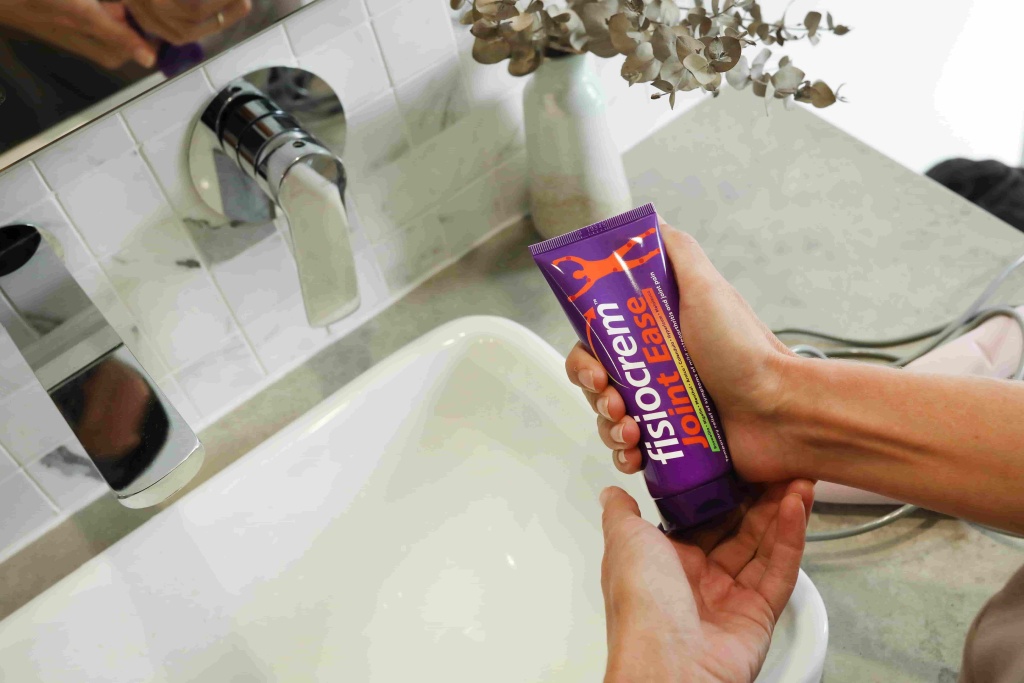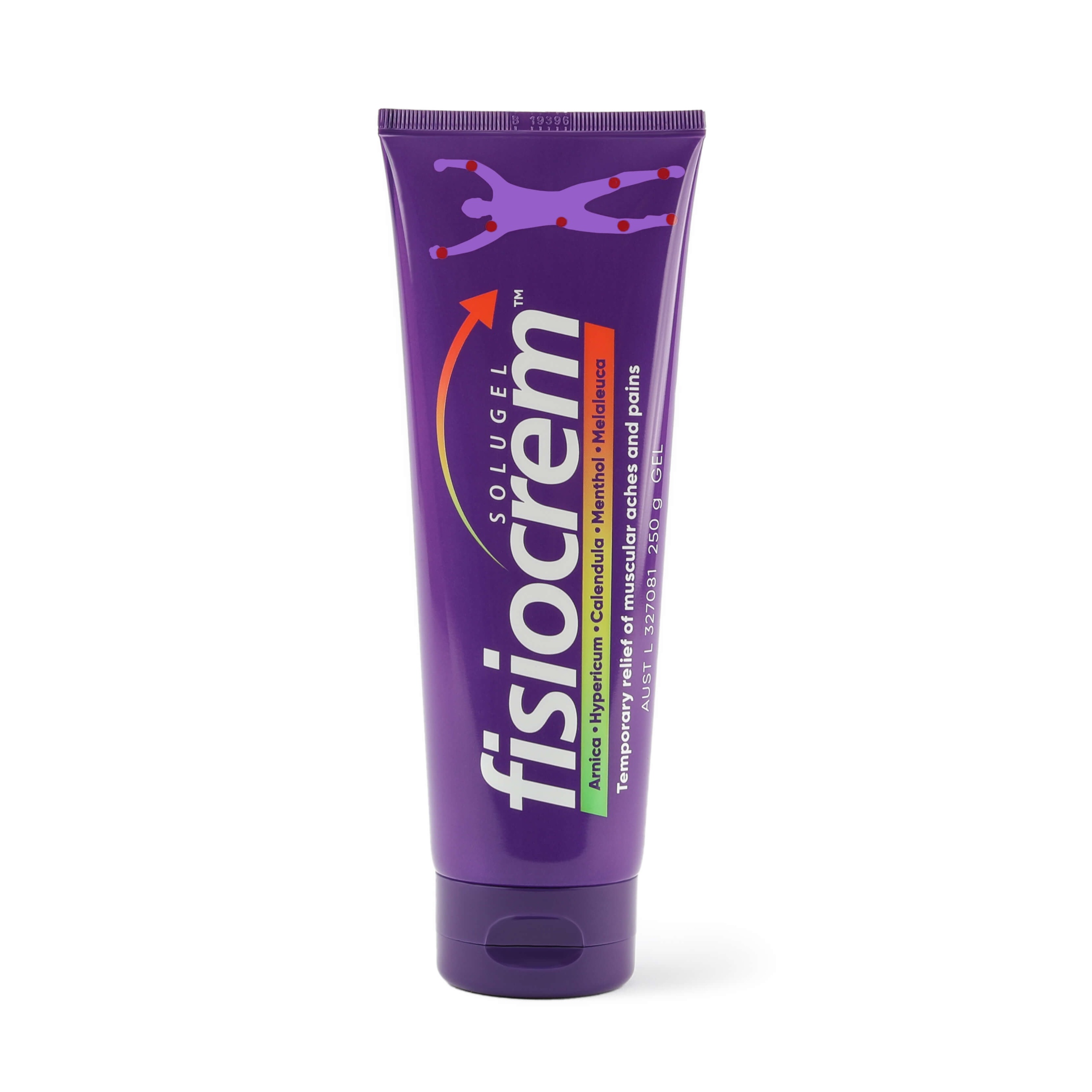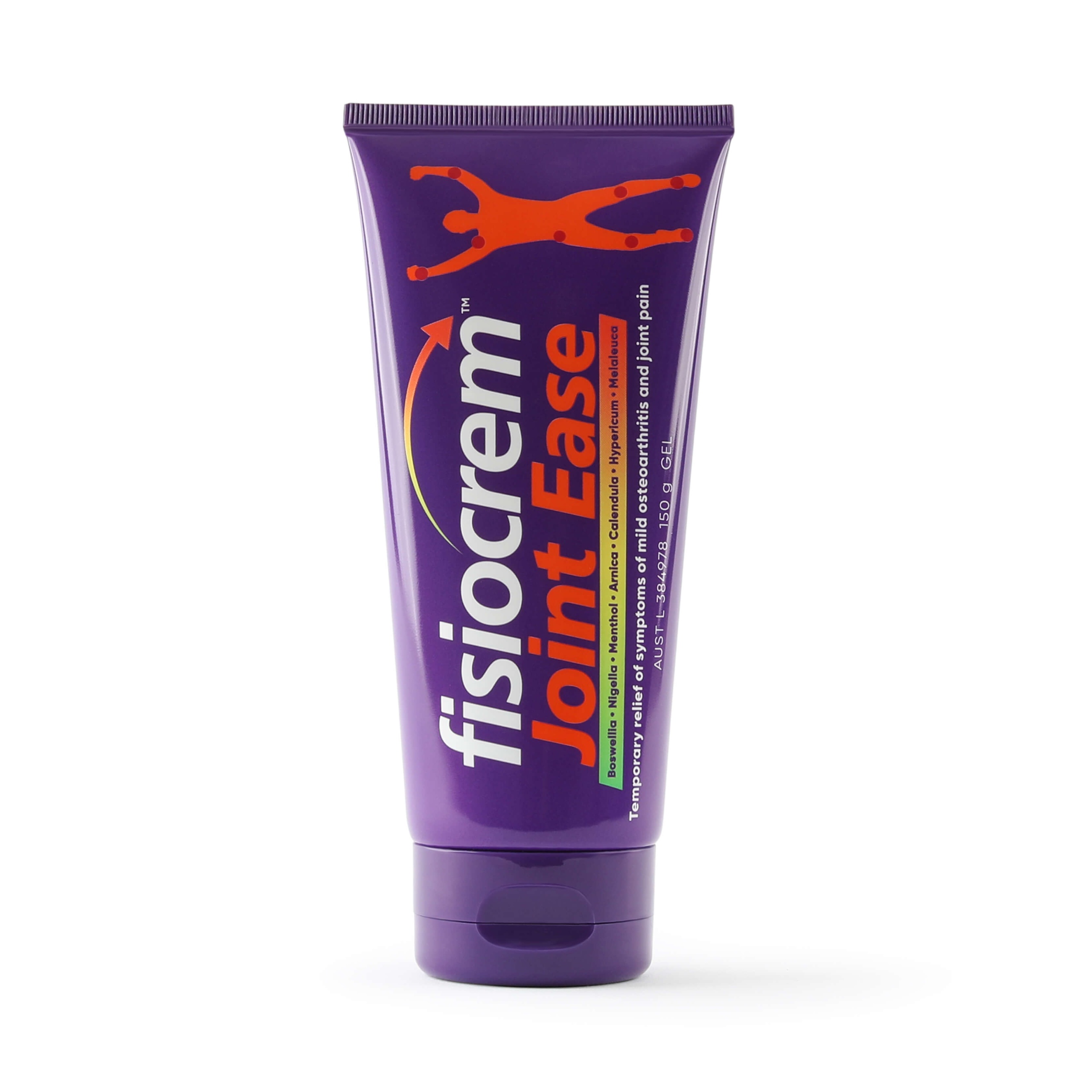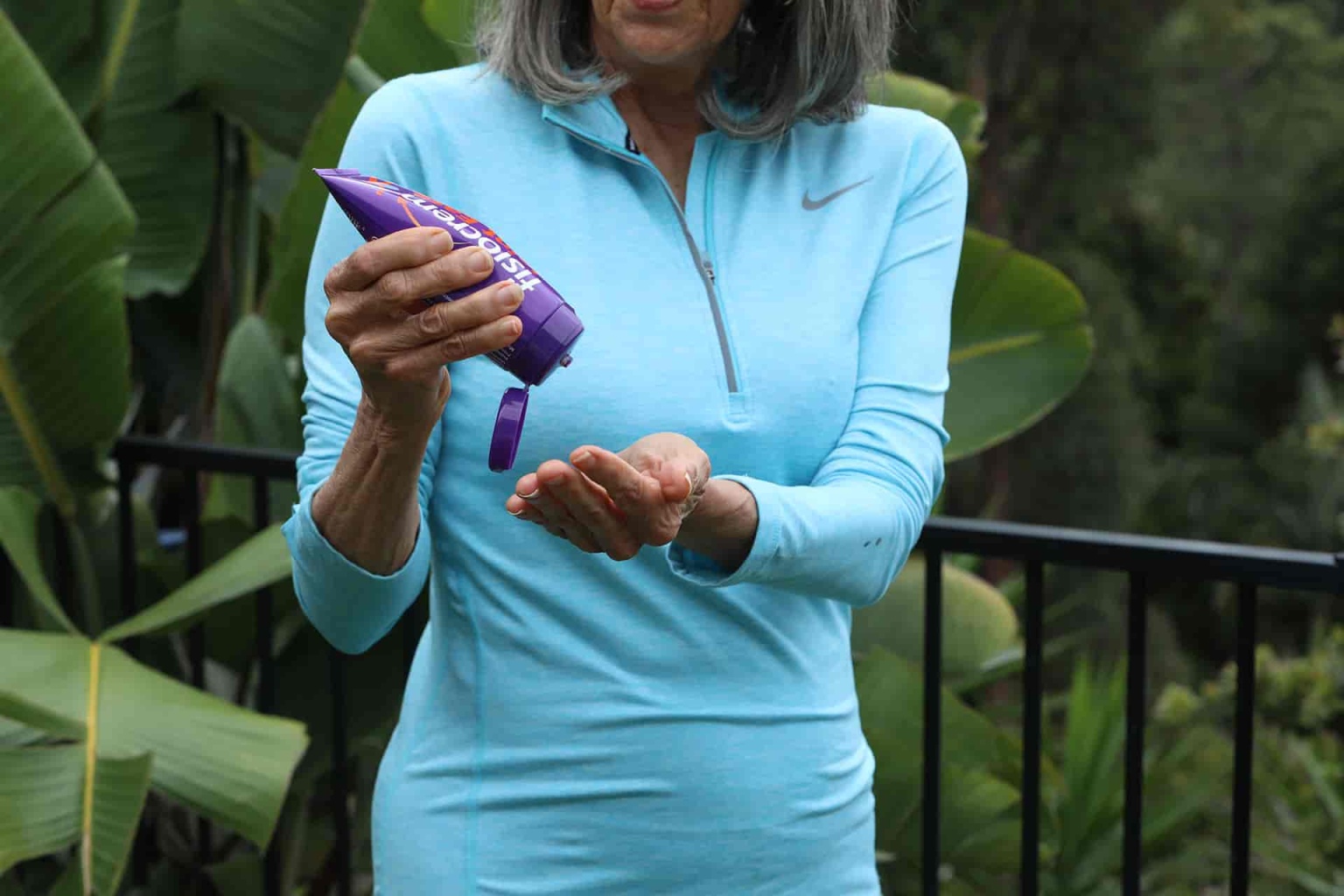The sacroiliac joint (SIJ) is where the lower spine and pelvis meet and it is the largest axial joint in the body (Forst. et al., 2006). These joints play a pivotal role in providing stability and absorbing shock when you move (Cohen, 2005). However, when these joints become inflamed or misaligned, they can lead to discomfort and pain, affecting your daily activities.
This blog will discuss pain in the SI joint, effective exercises, sleeping positions, and the best pain relief for joint pain.
The Complexity of Sacroiliac Joint Pain:
SI joint pain tends to be difficult to distinguish from other forms of lower back pain (Vanelderen et al., 2011). Diagnosing SI joint pain is hard because symptoms are similar to common causes of back pain (Dreyfuss et al., 2004). SI joint pain often manifests as lower back pain and can radiate into the buttocks and upper thighs (Cohen 2005).
The SIJ transfers large bending movements and compression loads to the lower extremities of the body (Cohen 2005).
Various factors can cause SIJ pain. These include movement, pressure, strong forces, fractures, soft tissue injury, inflammation, pregnancy, disease, leg length, and previous lumbar issues (Kiapour et al., 2020).
Pregnancy increases the chances of females experiencing SIJ pain. This is because of several factors such as weight gain, posture changes, childbirth trauma, and hormonal changes that affect the joints (Cohen 2005).
The sacrum of the female pelvis is wider, less curved, more uneven and has a backward tilt in comparison to the male sacrum. Women exhibit higher mobility, stresses/loads, and pelvis ligament strains (Kiapour et al. 2020).
Inflammation of one or both of the SIJs is an early and prominent symptom of SIJ pain (Cohen 2005).
Treatment options
Treatment of SI joint pain is a challenging problem for physicians today. Some treatment options include physical therapy, manual therapy, bracing, and injections (Dreyfuss et al., 2004).
Shoe Inserts:
Shoe inserts help distribute weight evenly on SI joints for people with different leg lengths. People with uneven leg lengths often adjust their posture to compensate for the difference in length. (Kiapour et al., 2020).
Practitioner assistance
Physical therapy, osteopathic or chiropractic manipulation can help to reduce pain and improve mobility (Cohen 2005).
Stretching and strengthening exercises
Strengthening Exercises for SI Joints:
Gentle exercises can strengthen the muscles supporting the SI joints, promoting stability and reducing pain. Pelvic tilts, bridges, and gentle yoga stretches can be beneficial. Always consult with a healthcare professional or a physiotherapist before starting a new exercise regimen. Discover Sacroiliac joint exercises.
SI Joint Pain Exercises to Avoid:
While exercise is crucial for joint health, certain exercises can worsen SI joint pain. Steer clear of intense twisting motions, heavy lifting, and high-impact activities. Instead, focus on low-impact exercises like swimming and walking to promote flexibility without straining your joints.
Sleeping Position sacroiliac joint pain relief
Your sleeping position can impact SI joint pain. Opt for sleeping on your back with a pillow under your knees to reduce pressure on your SI joints. Avoid stomach sleeping, as it can strain these joints and aggravate pain.
Bracing
Using pelvic belts can help stabilise the pelvis and limit rotation of the Si joint in pregnant women (Cohen 2005).
Injections
Clinical studies have demonstrated significant pain relief after both intraarticular and periarticular SI joint injections (Cohen 2005).
Anti-inflammatories
Over-the-counter anti-inflammatory drugs can help relieve inflammation in the affected joint area. You can apply topical Joint pain relief creams to the affected joint area to help relieve joint pain and inflammation.
fisiocrem Joint Ease - Topical Anti-inflammatory cream for joint pain relief.
fisiocrem Joint Ease is a topical anti-inflammatory solution that provides temporary relief for symptoms associated with mild arthritis, mild osteoarthritis, as well as joint pain.
Crafted with menthol and naturally derived active ingredients, including Nigella and Boswellia. Our joint pain cream offers temporary relief, promoting comfort and flexibility.
fisiocrem Joint Ease provides relief for your specific needs. It helps you live a more active and pain-free life. Whether you have mild arthritis or want to reduce joint pain, this product can assist you.

Conclusion
Understanding sacroiliac joint pain and adopting the right strategies for relief is crucial for maintaining a healthy, active lifestyle. You can greatly improve your joint health by taking proactive steps. These steps include choosing the right sleeping position, avoiding certain exercises, and using fisiocrem’s Joint Pain Relief Cream.
FAQs – Your Guide to Sacroiliac Joint Wellness:
1. What is the best pain relief for sacroiliac joint pain?
fisiocrem’s Joint Pain Relief Cream is a topical joint pain relief option. Its active ingredients provide temporary pain relief for joint pain whilst helping to reduce inflammation, making it a safe option for managing joint pain.
2. Can facet joint pain go away on its own?
Mild facet joint pain may improve with rest and gentle exercises. However, persistent or severe pain may require medical attention. Consult with a healthcare professional for personalised advice.
3. Why do I experience knee joint pain when bending?
Knee joint pain when bending may result from various factors, including issues with the patella, meniscus, or even referred pain from the sacroiliac joints. Consult a healthcare professional for an accurate diagnosis and appropriate treatment.
4. How to sit with SI joint pain
To sit comfortably with SI joint pain, use a firm chair with proper lumbar support. Keep your knees at hip level and feet flat on the floor. Avoid crossing your legs and take short breaks to stretch.
Engage your core muscles for added support. If pain persists, consult a healthcare professional for personalised advice.
Citations
- Cohen, S. (2005). Sacroiliac Joint Pain: A Comprehensive Review of Anatomy, diagnosis, and treatment. Anesthesia & Analgesia. 101(5) 1440-1453.
- Dreyfuss, P., Dreyer, S., Coles, A., Mayo, K. (2004). Sacroiliac Joint Pain : JAAOS – Journal of the American Academy of Orthopaedic Surgeons. 12(4) 255-265.
- Forst, S., Wheeler, M., Fortin, J., Vilendky, J. (2006). The Sacroiliac Joint: Anatomy, Physiology and clinical significance. 9(1) 61-68.
- Kiapour, A., Joukar, A., Elgafy, H., Erbulut, D. U., Agarwal, A. K., & Goel, V. K. (2020). Biomechanics of the Sacroiliac Joint: Anatomy, Function, Biomechanics, Sexual Dimorphism, and Causes of Pain.
- Vanelderen, P., Szadek, K., Cohen, S. P., De Witte, J., Lataster, A., Patijn, J., Van Zundert, J. (2011). Evidence‐Based Interventional Pain Medicine, 96–102.













